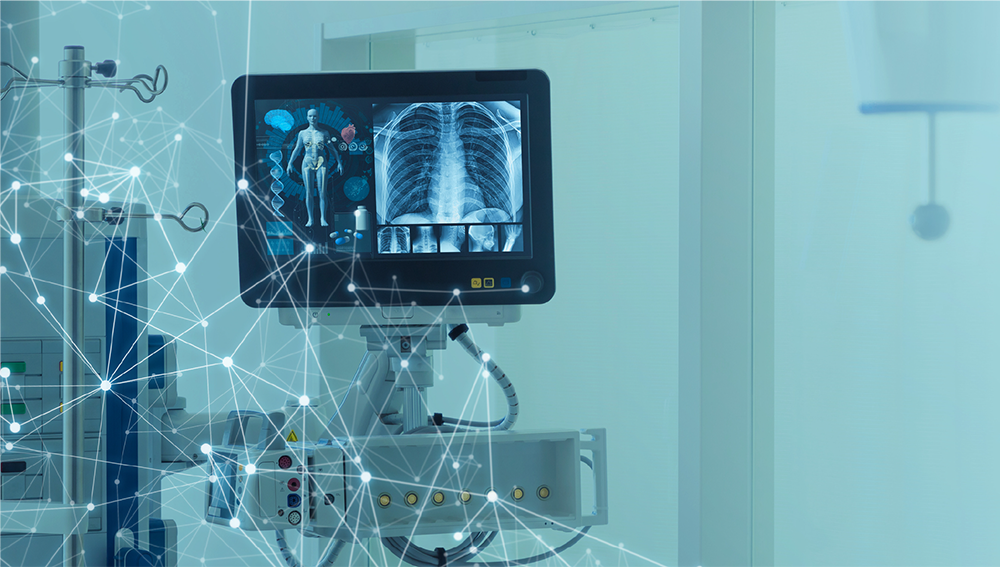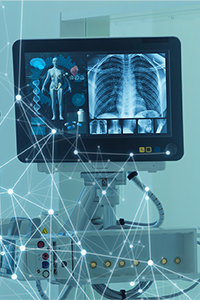
In today’s healthcare landscape, where the efficient management and seamless flow of data is paramount, integrating healthcare systems stands as a cornerstone of quality patient care and operational excellence. This necessity transcends technological aspirations and becomes a fundamental component in the pursuit of effective healthcare.
Seamless integration across healthcare systems ensures providers have immediate access to vital patient information. Additionally, the integration of diverse healthcare systems breaks down silos between departments, enabling better collaboration. In scenarios where multidisciplinary approaches are necessary, such as combined efforts of radiologists, cardiologists, and other specialists, seamless integration expedites diagnostics and treatment, leading to more comprehensive care.
Key Benefits of an Effective Healthcare Integration
Introducing system integration functionality into your healthcare practice can bring numerous benefits for the medical practice, clinicians, and patients:
Reducing Errors and Duplications
Automated integration significantly reduces manual data entry, decreasing the risk of errors. With diagnostic imaging, patients may often undergo treatment that involve various scans and tests over a period of time, extending over weeks, months or even years. Seamless integration ensures current and previous images, tests, and reports are instantly accessible, in a single location, to the clinical team. This reduces the need for prescribing duplicate imaging scans or tests, streamlining the diagnostic process, and subsequently reducing resource costs.
Optimizing Workflow Efficiency
A seamlessly integrated system optimizes workflow efficiency by eliminating the need for clinical teams to access and navigate through different platforms and systems. This results in providers spend more time on patient care instead of searching for patient data. Consider a cardiology department where the integration of patient data seamlessly links cardiac imaging from Picture Archiving and Communication System (PACS) to Electronic Medical Records (EMR). This enables cardiologists to access a patient’s complete medical history, facilitating more informed and personalized treatment plans.
Improved Coordination and Collaboration
In many medical facilities, diagnostic imaging and patient records can be siloed, resulting in delayed patient diagnoses and treatment. Integrated patient data fosters enhanced coordination and collaboration among clinical teams, regardless of location. With a unified view of patient records, multidisciplinary teams can work together seamlessly, leading to more comprehensive and holistic patient care. Consider a scenario where a patient, diagnosed with chest pains, undergoes both echocardiography imaging and pulmonary test examinations. Seamless integration allows radiologists, respiratory specialists and cardiologists to access and share data and test results instantly. This cross-department collaboration accelerates the diagnostic process, leading to more coordinated treatment plans for the patient.
In the era of digital healthcare, the smooth exchange and automation of data workflows are essential. These processes minimize manual efforts and errors, ensuring efficient healthcare delivery.
These capabilities must also must support different data formats and communication standards for integrating diverse healthcare systems.
Moreover, secure and compliant data handling is paramount, particularly in adherence to regulations like HIPAA.
As the healthcare industry continues to evolve, the integration of systems like UltraLinQ with advanced solutions such as Rhapsody is not just an operational upgrade; it’s an essential step in transforming healthcare delivery. UltraLinQ’s Cloud PACS, in partnership with Rhapsody, offers a prime example of this seamless integration, addressing critical challenges such as delays in patient care and data inaccuracies. This partnership ensures interoperability, secure data handling, and optimizes the efficiency of data storage and retrieval, enhancing the overall healthcare experience for both providers and patients.
To discover more about how UltraLinQ’s Cloud PACS and its integration capabilities can elevate your healthcare services, visit our website for detailed information and solutions.






